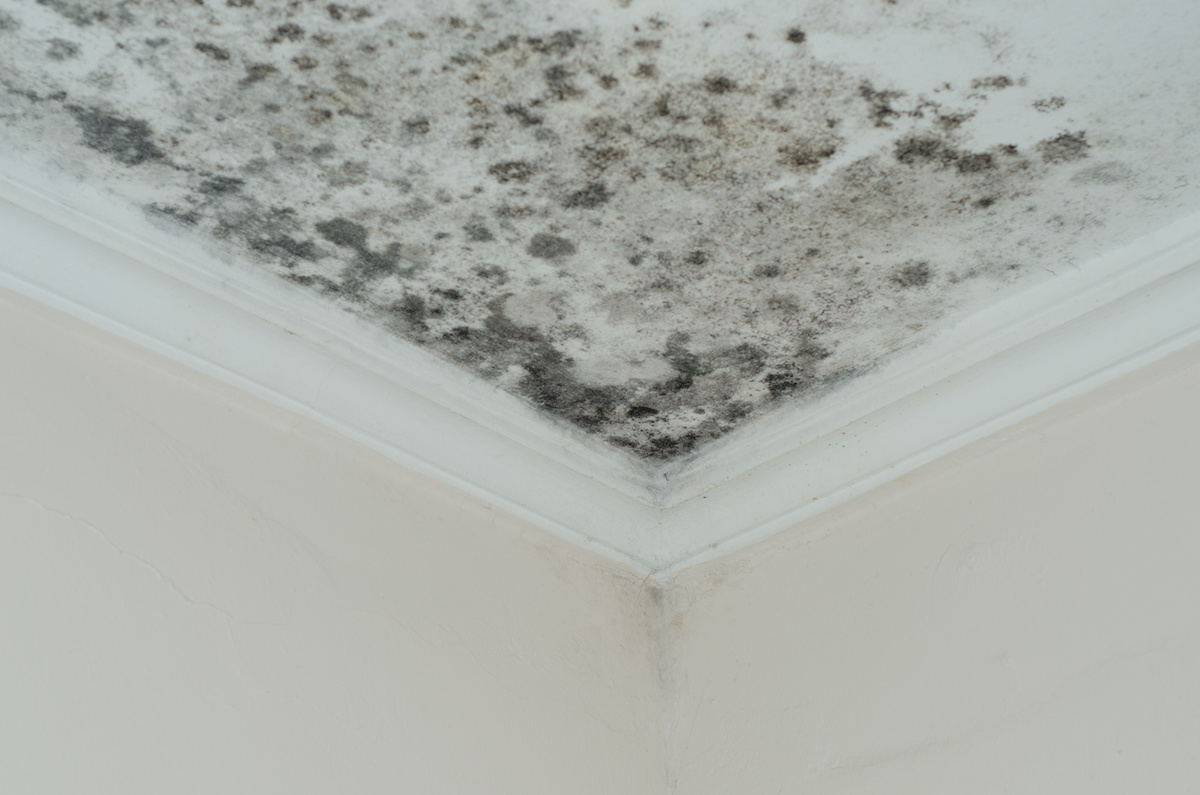March is Mold Month Part 1 – Mold Factsheet

For the most part, you don’t have to worry about biohazards cropping up in your home gradually – these are usually abrupt accidents or events that create a dangerous conditions. Mold however is another beast entirely. This month on the BioClean Team Blog, we’re looking at Mold and fungi, indoor air quality, and everything you need to know about how it grows, why it’s dangerous, and next time how to prevent and handle mold contaminations!
Why Does Mold Grow In Homes and Buildings?
It’s rude isn’t it? Our homes and buildings are meant to shelter us from the weather and nature and yet mold and fungi find their ways inside and make the space dangerous. Mold and fungi serve a necessary purpose out in nature of course, breaking down organic material like wood, leaves, and other plant matter. But when they come into a home it’s downright nasty. Typically the micro-organisms that mold and fungi begin as will get into a building carried on the air. They’ll find a spot of wood, drywall, fabric, upholster, wallpaper, drapes, even carpeting and take hold. Then with moisture the fungi and molds can grow. In areas of homes that get more moist than others, like basements, bathrooms, or kitchens, the ideal conditions are met for mold to grow.
What other reasons are there for mold to grow indoors? Mold growth can be the result of:
- Flooding
- Leaks in the roof
- Leaks in the plumbing
- Buildings that are sealed up tight and prevent moisture from escaping
- Sources such as cooking facilities, showers, bathtubs, etc.
- Excessive humidity
What Kinds of Mold Are There?
Some of the more common types of mold found in buildings include:
- Aspergillus sp.
- Alternaria sp.
- Cladosporum sp.
- Fusarium sp.
- Memnoniella sp.
- Penicillium sp.
- Stachybotrys chartarum (a.k.a. Stachybotrys atra, or black mold)
- Trichoderma sp.
Now here’s the thing – you don’t need to try and identify what kind of mold is growing in your home or building. The CDC says all mold should be treated the same with equal risks to health. You see mold you get a professional to clear it out!
What Health Problems Do Molds Cause?
So if the CDC says all molds should be treated as if they cause the same harm – what harm can they cause? Let’s get intot hat. The presence of mold doesn’t always guarantee that health problems will happen but some people can develop serious health problems when breathing in mold or spores. Many molds also create mycotoxins, by-products that are toxic to people.
The most commonly reported symptoms include:
- Eye, nose, and throat irritation
- Cough or congestion
- Aggravation of asthma
- Fatigue
- Headaches
- Difficulty concentrating
- Exacerbate allergies
Those who are immuno-compromised, or revering from a surgery or procedure are more susceptible to health problems caused by molds.
How to Spot Mold Troubles
Wondering if you have mold problems? Doing an inspection of a potential new property? The most common and reliable method of spotting mold troubles is simple – use your eyes! Look for water damage and staining, molds will look like dark spots, patches, or stains.
Specifically, look at:
- Ceiling tiles
- Walls (plaster, wallpaper, and condition of drywall)
- Cardboard or paper
- Floors
- Window sills
- Insulation
- Carpet
- Furniture (condition of fabric, upholstery, etc.).
If you’re able, look behind any ductwork and walls. Check for standing water, any spots where puddles of water around or under sinks, tubs, etc. These can contribute to moisture and help mold grow.
We’ll put a pin in this here for now as our next blog will dive fully into preventing mold and handling it when it crops up. If you’re currently dealing with a full-blown mold catastrophe give us a call and The BioClean Team can help!
